Normandy History School Trips – the Château du Molay
Normandy History school trips will uncover the realities of World War II in the area’s monuments, bunkers and cemeteries.
The Château du Molay is perfectly located for sites of historical significance, including Bayeux, Caen and Arromanches for the story of D-Day.
The Chateau du Molay for your Normandy History school trips
Travelbound’s 18th-century Château du Molay is the ideal retreat after a busy day of exploring. With 38 acres of open parkland, students can enjoy outdoor activities freely or participate in various organised events.
Our dedicated château staff are here to help with all activities and anything you may need during your stay. For any unexpected needs or concerns off-site, a 24/7 helpline also ensures immediate assistance and peace of mind throughout your stay.
Highlights of Normandy History school trips
D-Day Museum at Arromanches
Two miles of trenches at Maisy Battery
British military history at Pegasus Bridge
American Cemetery and Memorial at Omaha Beach
Sheriffhales Primary SchoolEase of booking, helpful staff, residential has been great.
Suggested itinerary
What's included
*Please note, entrance fees where applicable are not included in typical price – contact us for more details
Recommended excursions
This long embroidered scroll is the most important relic to have survived from the 11th century. Students can see the epic story of William of Normandy’s conquest of England in 1066, and consider the French and British interpretations of events.
Please note: The Bayeux Tapestry Museum is currently closed for a complete renovation and is due to re-open in Autumn 2027.
The Normandy American Cemetery and Memorial covers 172.5 acres and contains the graves of 9,387 military dead, most of whom lost their lives in the D-Day landings and ensuing operations. The memorial, set around a bronze statue, shows maps and narratives of the military operations. Visitors’ centre staff are available to answer students’ questions.
The 19 minute film ‘100 days of the Battle of Normandy’ is projected in High Definition on 9 screens. The film tells the story of the military planning, preparation and execution of the Battle of Normandy thanks to archive images gathered from English, Canadian, German, American and French archives. The Battle started with the landing of the paratroopers the night of the 5th to the 6th of June 1944, followed by the landings of troops on the Normandy beaches and lasted for three months. The end came with the liberation of Paris and the bombing of Le Havre.
In the heart of the D-Day beaches, Arromanches is renowned for its ‘Mulberry’ artificial harbour. Its remains speak of the remarkable technical feat of taking 600,000 tonnes of concrete and equipment across the Channel in wartime to serve as a base for Allied troops. The museum uses models, videos and a diorama that movingly bring life to the displays.
This Memorial helps students study our shared past and introduces emotion and memory, using dynamic and diverse educational activities. It is possible to book a guide (at a supplement) to accompany the group on their coach to see the battlefield. A 360 degree 17 minute film to promote an understanding of our common European History opens on the 6th June 2019 to mark the 75th anniversary of the D Day Landings and the Battle of Normandy.
This is the largest of the 18 Commonwealth military cemeteries in Normandy. It contains 4,868 graves of soldiers from the UK and 10 other countries, including Germany. Many of the soldiers buried here were never identified, and the headstones are simply marked ‘A Soldier Known Unto God’. Students can reflect on the sadness, sacrifice and honour of war.
This is the largest of the German cemeteries in Normandy, commemorating 21,222 German soldiers. Students can reflect on the casualties of war on both sides, and consider the German footsoldiers’ perspective. Students can also contrast the cemetery to those of the allied forces. Photo © Jennie Rainsford.
William the Conqueror was born at this castle in about 1028 and grew up here. Students can visit the ruins and follow the prosperous times and disasters the castle has seen – intermittent fighting in the Hundred Years War from 1337-1453, and again in 1944 bombing raids.
Tip: There are educational tools available to complement the visit.
Pegasus Bridge was captured by British forces on the night of 5-6 June 1944 in order to protect the eastern flank of the landing operations at Sword Beach. At the Pegasus Bridge Museum, students can learn about the events of its capture and the forces that carried it out via displays of historic items such as weapons and gliders, documents and photographs.
This huge German artillery battery near Omaha Beach lay hidden for over 60 years as it was buried following the US Rangers’ final assault on 9 June 1944. Students can explore over two miles of original trenches, bunkers and see German field guns in position. It is one of the most intact positions along Hitler’s Atlantic Wall in Normandy.
This museum and cultural centre shows the war effort made by Canadians, civilian and military, both at home and on the various fronts during World War II. Students can engage with the exhibits, which draw on documents, photographs, maps, artefacts, audio-visual and audio accounts. The many faces of contemporary Canadian society are also explored.
You can choose from a range of fun and educational activities, and experienced chateau staff are on hand to ensure that the students are having fun all day and night. Available activities include: a blind trail walk, survival skills, initiative exercises, using various sports facilities for sporting games (such as the seasonal outdoor swimming pool), planting a tree and circus frenzy to name a few.
This new museum dedicated to the life and times of Joan of Arc is located in the medieval Archbishops Palace in the historic centre of Rouen. It was in this building that Joan received a posthumous pardon, some twenty year after she was burnt at the stake for being a heretic and witch. The exhibition traces the personal history of Joan set in the context of the History of the time through multi-media installations.
This unique museum is dedicated entirely to the daily life and survival of civilians during World War II in Normandy. Built on the ruins of a house destroyed by bombs in 1944, exhibits include film, photographs, oral testimonies from civilians and objects from the period. An immersive film plunges the visitor into the bombings of WWII and it also looks at the period of Occupation in Normandy.
The German artillery battery at Longues-sur-Mer was destroyed by Allied forces on 6th June 1944. Made up of 4 block houses and an observation post looking out to the sea, this is the only battery with its guns still intact. Longues-sur-Mer is one of the most important parts of the Historical Route of the Battle of Normandy at the heart of the allied assault sector between Omaha and Gold Landing Beaches.
Mont Saint-Michel, a gothic Benedictine abbey, is perched on a rocky islet amid vast sandbanks exposed to powerful tides. Over the years the island’s abbey has served as a prison, a fortress against the English and a monastery. As well as the abbey, your group can explore the medieval buildings of the village that grew up beneath its walls, along with stunning views.
This outdoor adventure park, located in Cussy, close to Bayeux offers a wide range of activities for students. The Activity Pass includes high ropes courses, mini-golf, tubing, permanent wooden maze and maize maze (seasonal), fixed track zorbing (over 12’s), peddle karting, bubble football and more! There is an on-site café and picnic area. Open April to Sep/October (on request for school groups outside of public opening times).
The British Normandy Memorial officially opened on 6th June 2021 as a place for remembrance and reflection. Overlooking Gold Beach, just outside Ver-sur-Mer, the memorial records the names of 22,442 servicemen and women, under British command, who fell on D-Day and during the Battle of Normandy.
A series of stone-carved columns bears the names, with the ‘D-Day Sculpture’ a set of bronze figures by British sculptor David Williams-Ellis, occupying a prominent position. The site also includes a French Memorial, dedicated to the memory of French civilians who died during this time. There is an option to add on a short introduction talk from staff at the memorial and an educational booklet to complete during your visit.
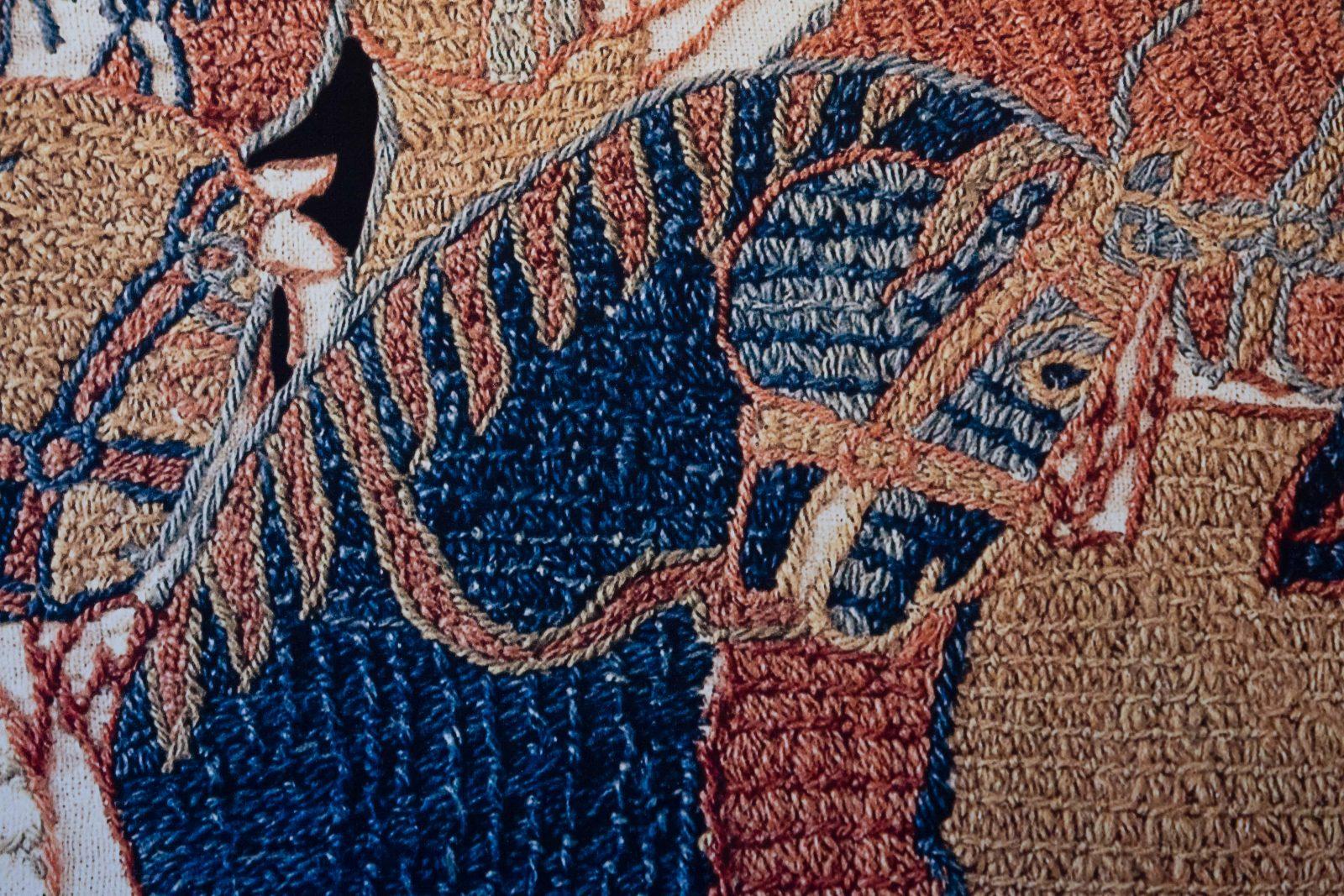
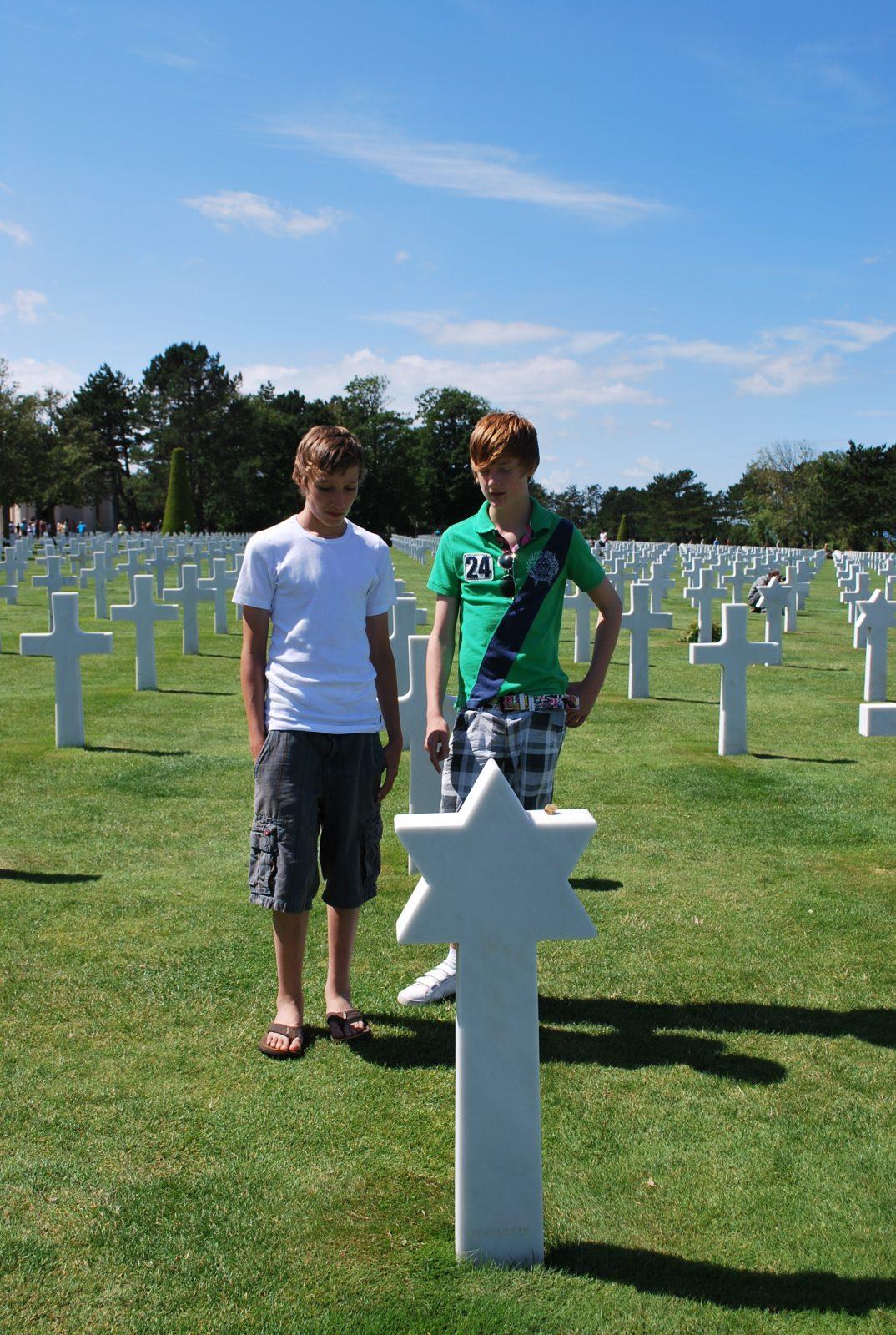
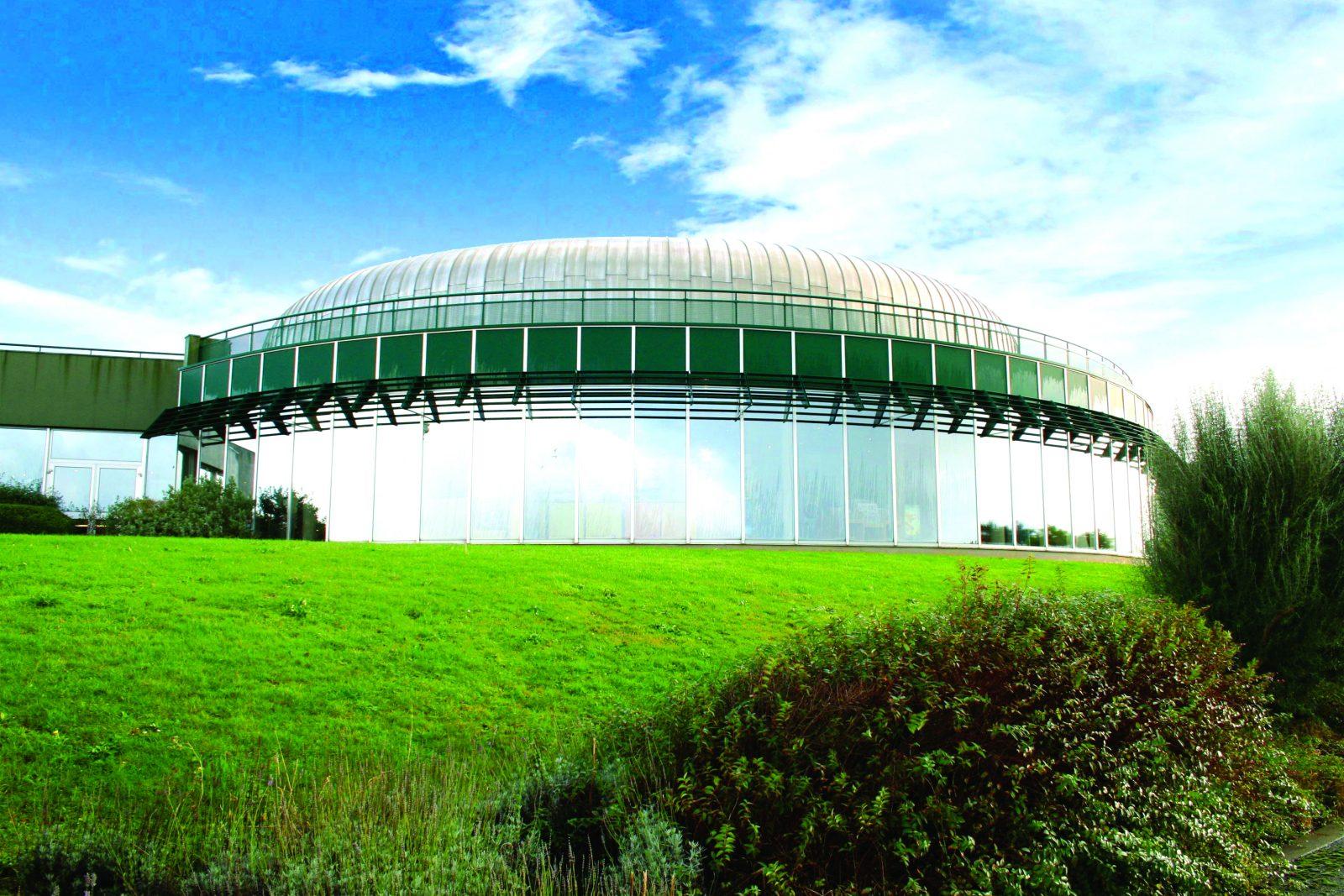
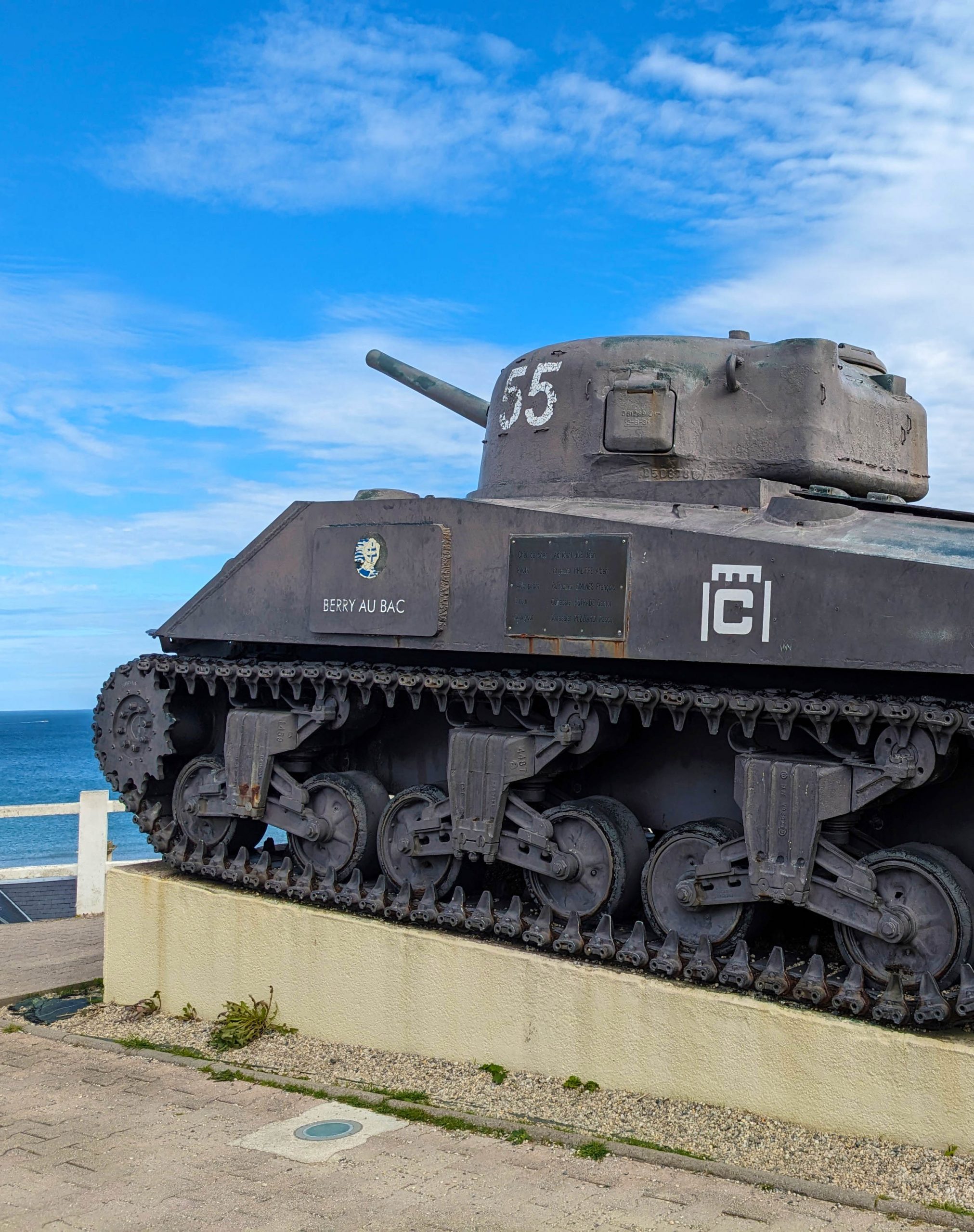
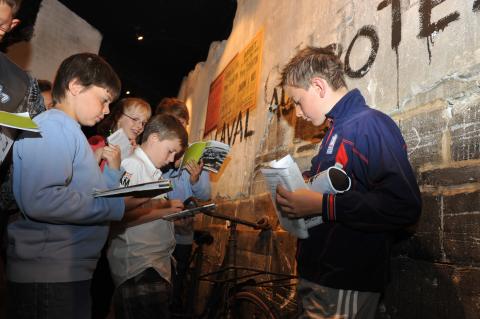
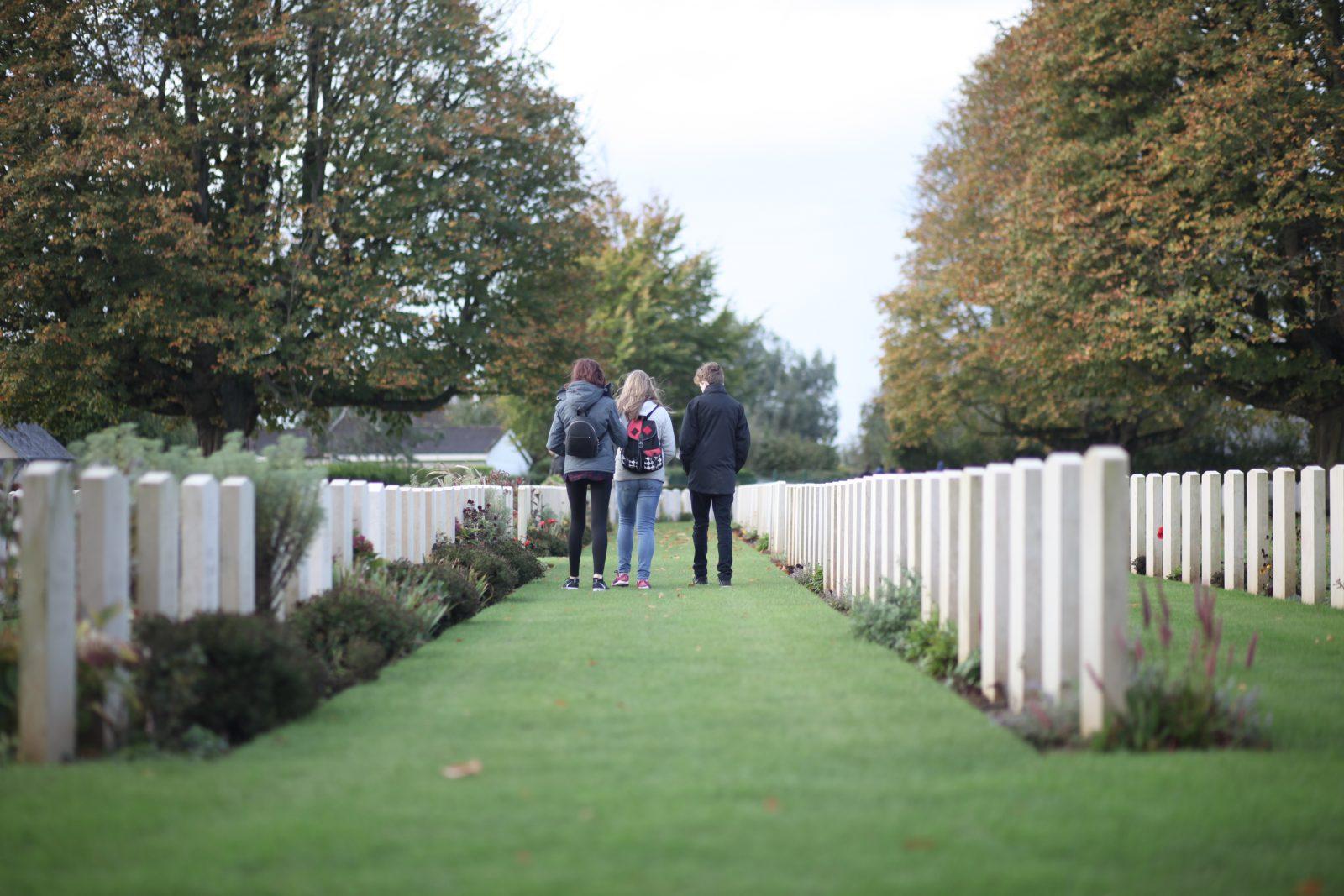
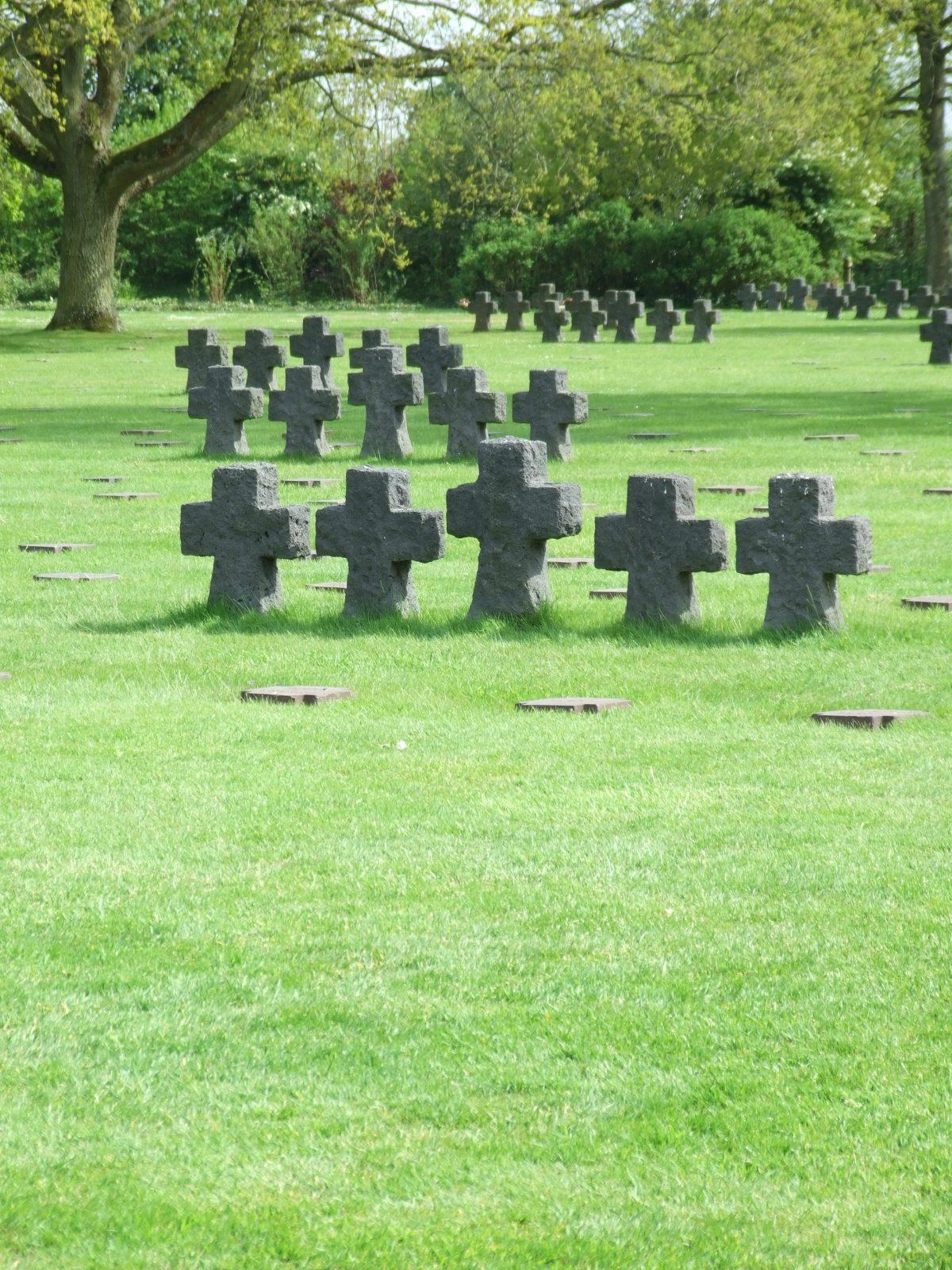
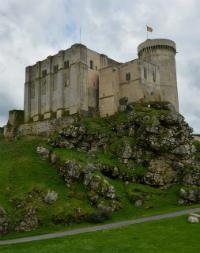
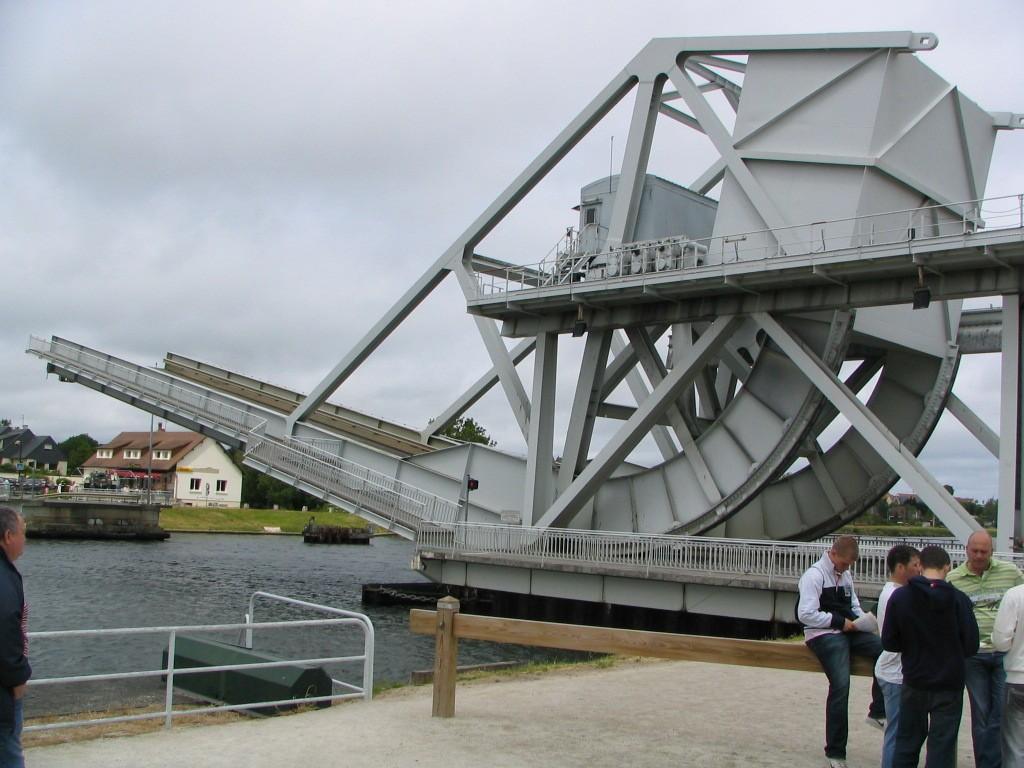
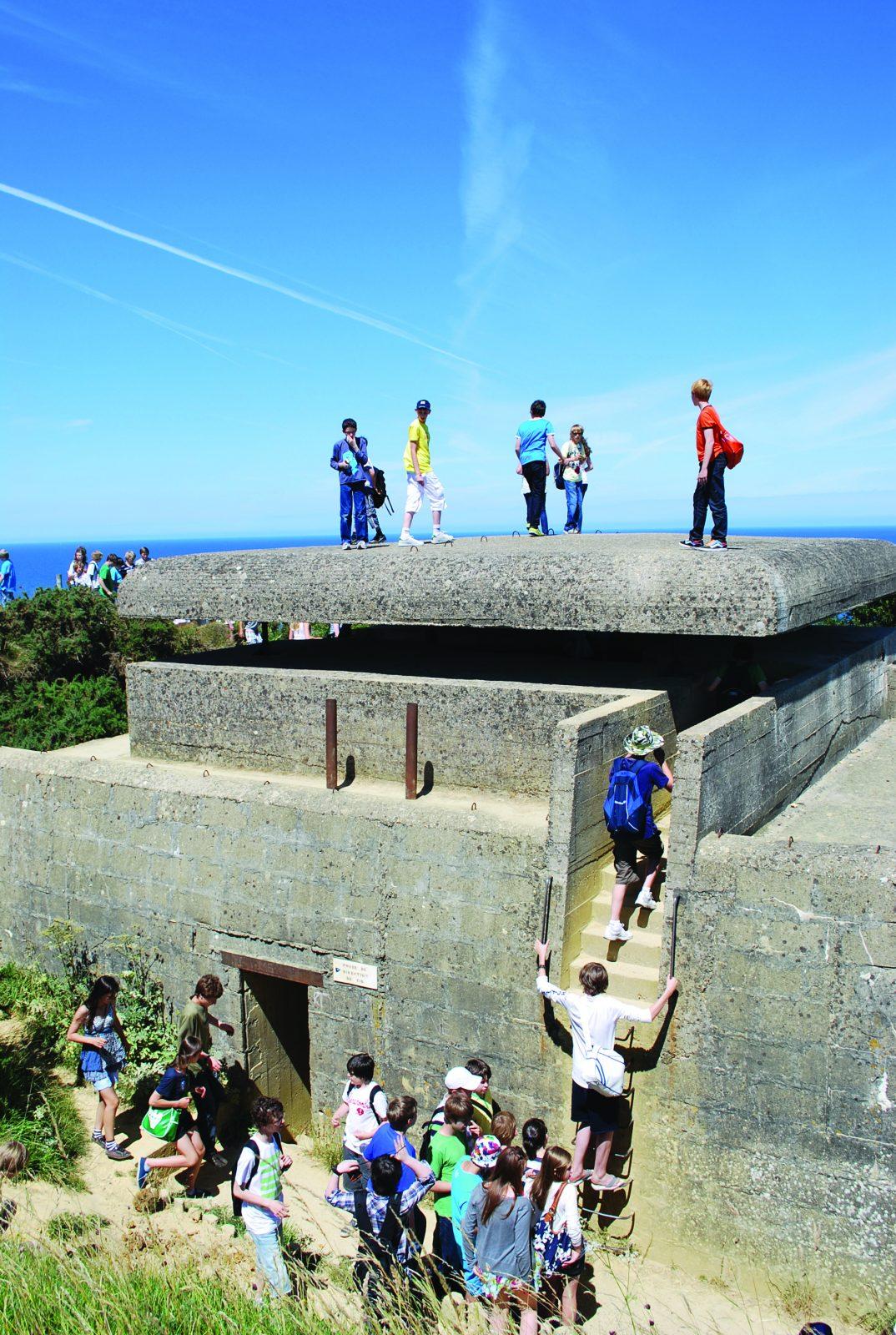
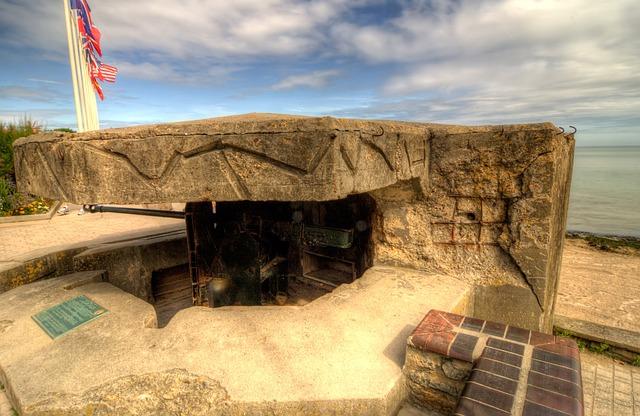
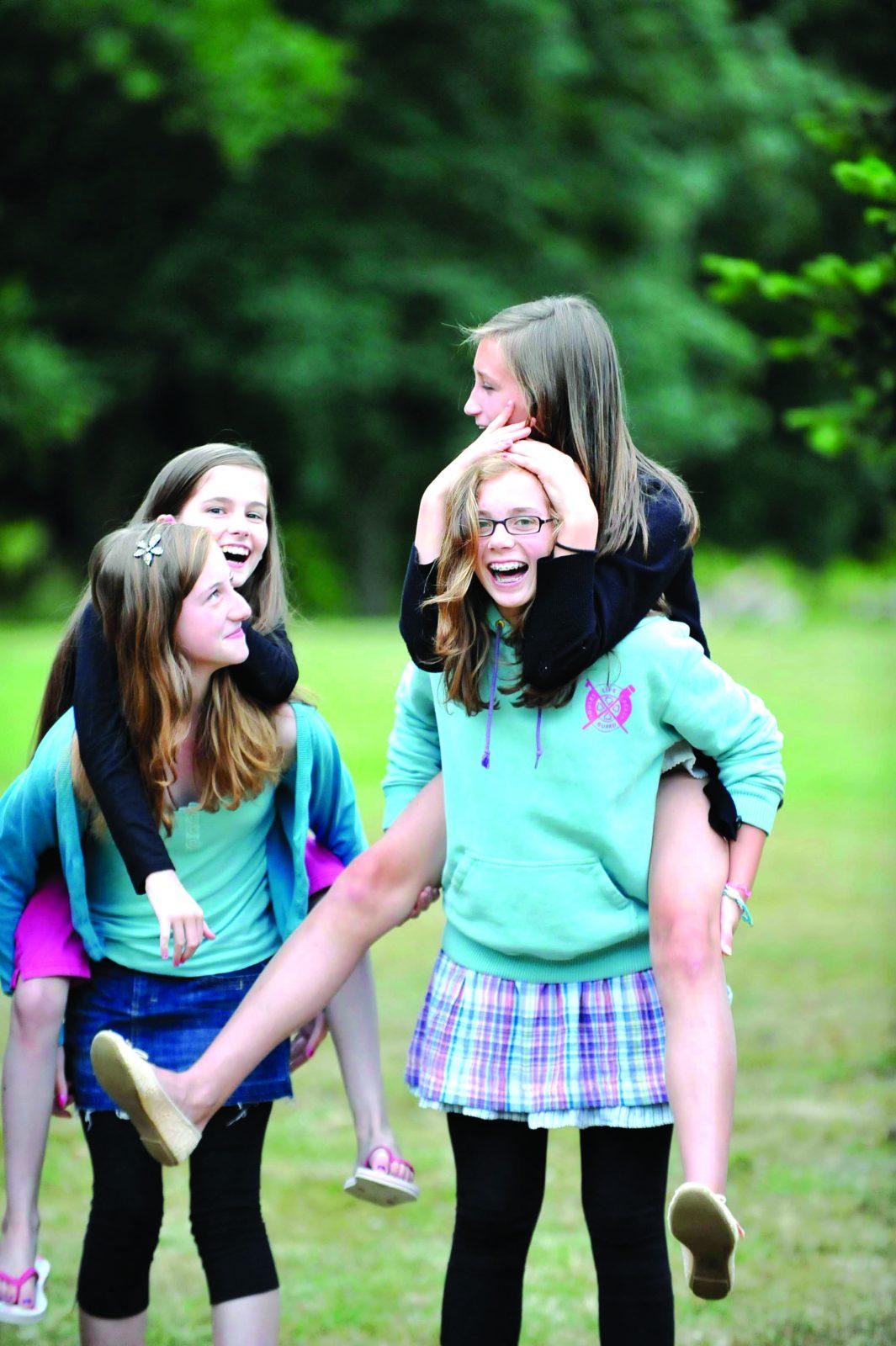
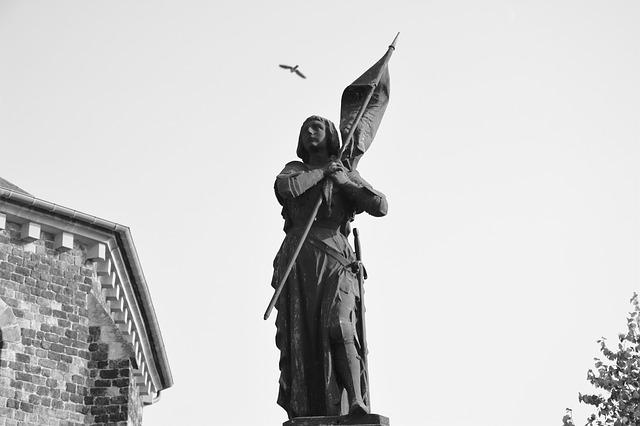
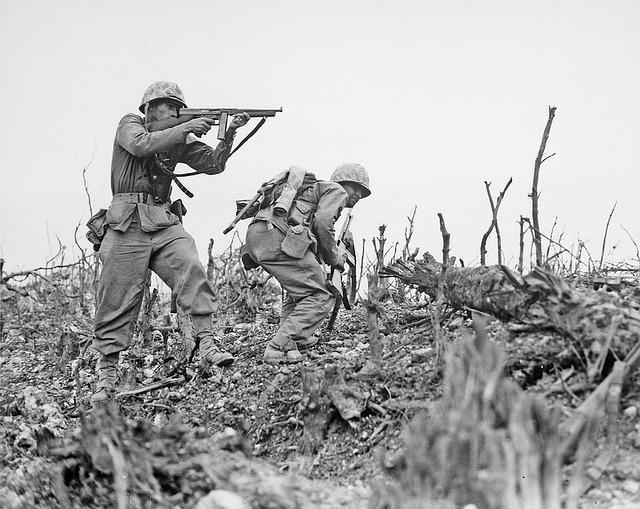
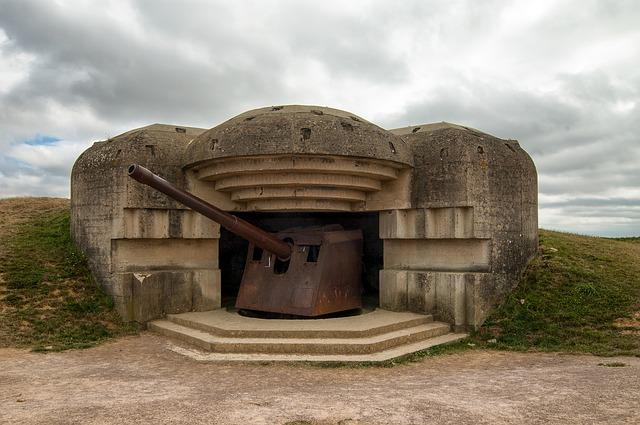
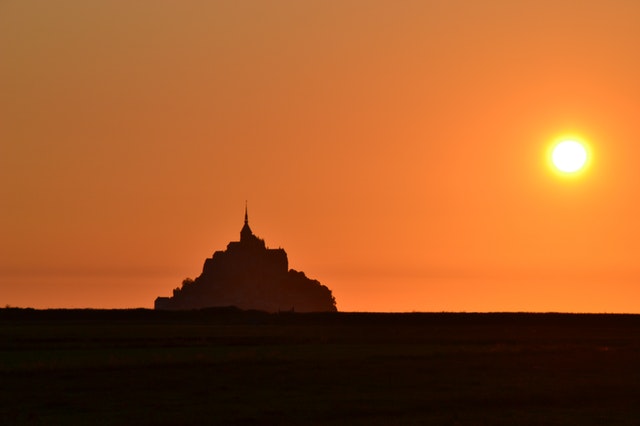
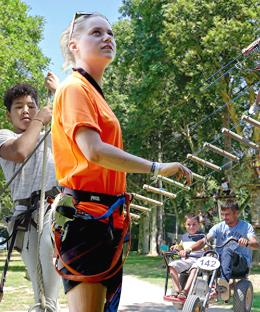
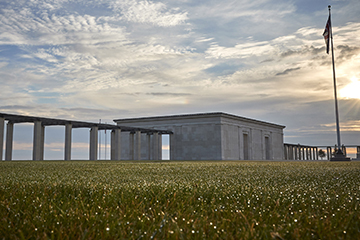
Accommodation
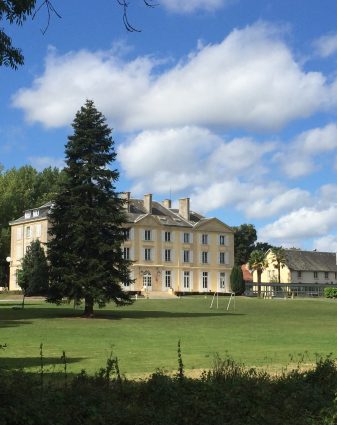
Our exclusive 18th century Château du Molay can accommodate 195 guests in 42 en-suite bedrooms and is set amongst 38 acres of beautiful private parkland.
Located only 14kms from Bayeux, within easy reach of the world famous Calvados coast and just a 45 minute journey from Caen, the Château is in an ideal location for easy school trips from the UK.
Learning outcomes
Subject focus
Students can:
- Study World War II Normandy
- Visit the D-Day landing beaches, museums, cemeteries and monuments
- Learn about Nazi control and dictatorship
- Learn about the French resistance
- Study the Norman Conquest
- Learn about medieval Normandy
Student outcomes
Students will have had an opportunity to:
- Gain awareness of the events and experiences of soldiers in World War II
- See how societies come to terms with traumatic events
- Understand the modern-day effects of medieval and more recent history
- Gain a sense of the breadth of history and develop their knowledge of selected periods of history
- Explore conceptions of patriotism and citizenship and consider the quest for international peace
Related tours
Berlin has been at the centre of many key events in modern European History: WWII, The Cold War, the Fall of Communism and the reunification of Germany.
On a school History trip to Berlin, students can visit Berlin’s key historical sites that relate your teaching to subject-specific learning objectives such as WWII history and Cold War studies.
Your school History trip to Berlin will help your pupils develop an understanding of post-war Berlin and the context of the Cold War. They’ll get first-hand experience of the impact that the division of the city had and a deeper understanding of tensions that escalated between the East and West superpowers leading to the Cold War period.
Our excursions will touch upon historical concepts such as socialism, communism, ideology, propaganda and international conflict.
Connecting with history
With emblematic monuments such as the Berlin Wall Memorial, Checkpoint Charlie and the Tränenpalast, students can:
- analyse how heightened tensions between USSR and USA powers translated into physical boundaries
- explore how Berlin as a city encapsulates the antagonism between the communist and capitalist ideologies
- picture how this spatial division resonated within the divided German population and how this affected their lives
- give pupils perspective on concepts such as freedom of movement and fundamental liberties, and how these were challenged at the time
A personal perspective
A school History trip to Berlin will provide insights into how the German population lived during the Cold War. This will be explored interactively at the DDR Museum and Stasi Museum, with students:
- touching, holding and engaging with a range of objects and installations within the museum
- getting practical knowledge about the everyday life of the German population in the DDR and the realities of life under socialism
- understanding historical concepts such as continuity and change, similarities and differences
Take learning outside the classroom for your Key Stage 3 and 4 students and prepare them with critical analysis skills, practical case studies and real-life examples for their GCSEs.
With Travelbound, we can customise your trip to fit any learning requirements.



